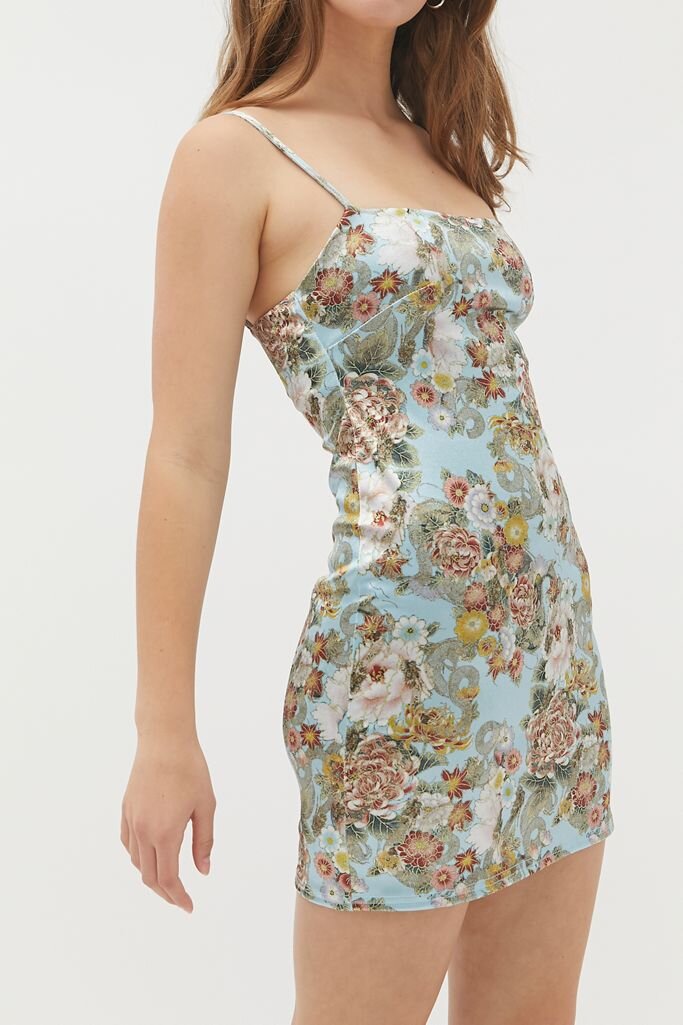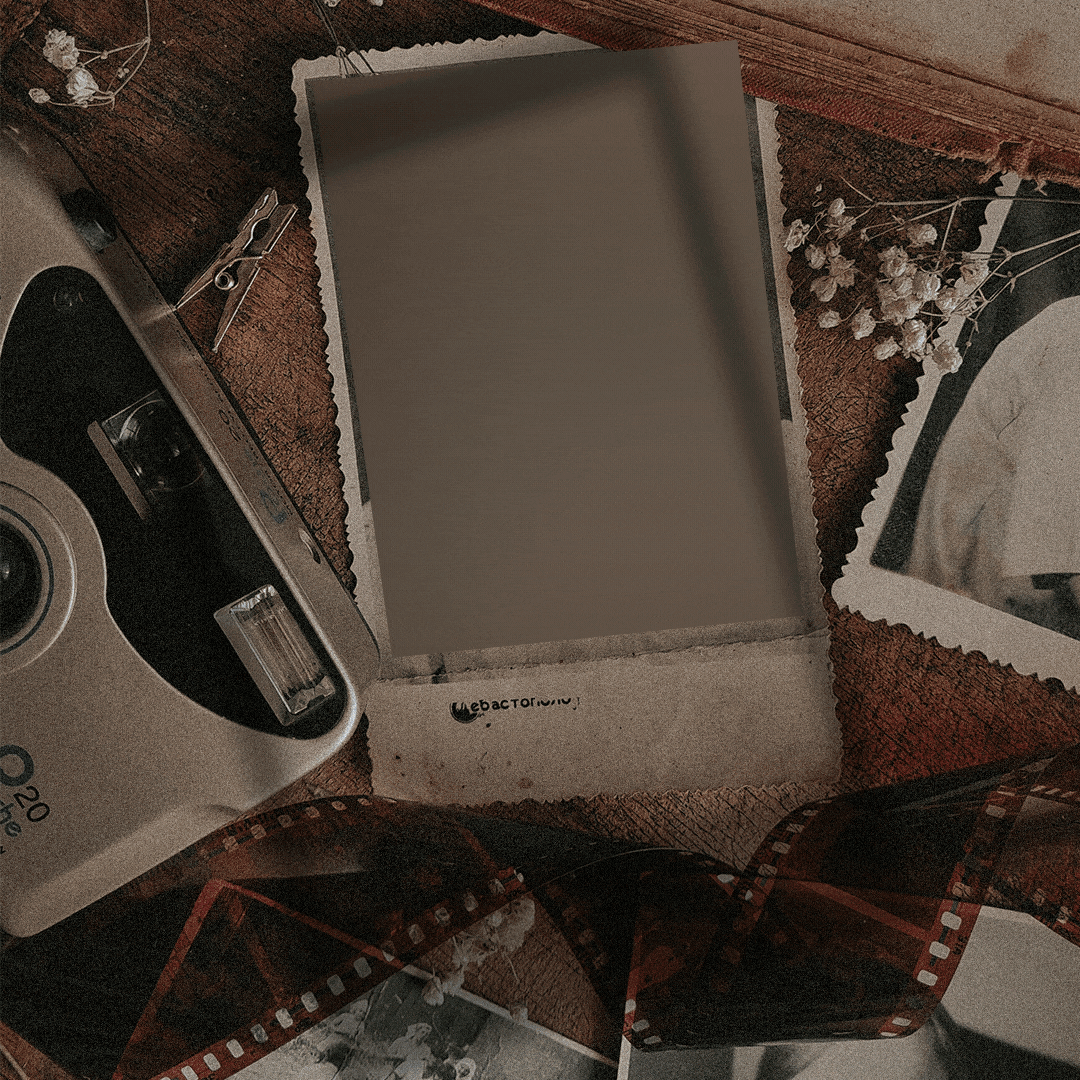FLORAL
Ah, the underrated beauty of prints and patterns.
Sometimes we focus so much on the fabric, the silhouette, or what colors are trending in a given season, and we don’t give enough credit to the most visually impactful aspect of fashion -- oftentimes, a signature print or pattern is what sets a brand apart from others.
Welcome to the first installment of the series where I analyze popular prints in fashion, which further symbolize the overarching aesthetic standard of what we as consumers find to be visually pleasing, attractive, or whatever you feel when you decide to purchase a floral dress or a Breton stripe shirt. Fashion choices are often made instinctively and never sufficiently analyzed. I hope this article gives you some insights into how floral prints have become an integral part of fashion, and the visual history behind different artistic styles.
Introducing… The Floral Print
The thing is, almost every fashion brand has done floral prints. They are always in style because the possibilities are truly endless. We have them for wallpaper, furniture, stationery, and many more. From Forever 21 to Reformation to Versace, summer in the fashion industry is an everblooming garden, and it doesn’t stop there — spring, fall, and winter fashion all have their own version of floral prints. We wear tropical prints while going on tropical vacations, and we wear holiday sweaters with motifs of snowflake or pine tree. There are vintage floral prints, funky floral prints, psychedelic floral prints, dainty floral prints… You get the idea. When roses and cherry blossoms go out of style, strawberries and daisies (yes, motifs of fruits and leaves are considered floral prints) come back in style. The world of floral print is a miniature version of the fashion industry.
A Brief History
Artists have been capturing the ephemeral beauty of flowers, plants, and fruits since time immemorial. Ancient Egyptians assigned sacred properties to lotus blossoms, but they also loved depicting roses, acacia, poppies, violets, jasmine, lilies, and narcissus. [1]
Just a few centuries later, ancient Greek literature detailed people’s love for making garlands and wreaths for different occasions, in addition to decorating vases and temples with floral art. Cornucopia (the Horn of Plenty), a religious offering that symbolizes abundance, is also passed down from ancient Greece. [2]
Islamic art took inspiration from Greco-Roman influences and evolved them into branching plant forms — the arabesque.
Around the same time, Chinese artisans embroidered flowers, vines, and animals with silk threads. Floral embroidery traveled through the Silk Road into the Indian subcontinent and the Byzantine Empire, which then traveled to Europe. [3]
The ancestor of modern floral print is chintz — glazed cotton from Calicut, India around the early seventeenth century. Dutch and Portuguese traders brought the beautiful fabric to Europe, but it was banned for nearly a century because local producers were wildly against foreign competition. Nevertheless, the fabric found its way to Versailles and Mount Vernon before it was finally produced in the west, around the early 1800s. [4]
Dainty Flowers & Impressionism
The recent popularity of tiny daisies and the infamous “strawberry dress” prove that dainty floral patterns are totally in trend. This kind of print has intricate, miniature flowers that look like dots of colors from far away, which makes it more visually interesting.
via Realisation
via DOEN
Personally, I find this particular effect very similar to the brushstrokes of Impressionist painters, such as Monet and Pissarro.
On the left is the close-up of an extremely small floral print, and on the right is a zoomed-in area of Monet’s Garden at Giverny.
The technique of applying tiny dots of color was further developed by painters of Neo-Impressionism, also known as Pointillism. Through the juxtaposition of bright colors, the painters created different shades without mixing, therefore keeping the saturation.
What makes the dainty floral print so popular? Perhaps we are attracted to its neutral subtlety — not as flamboyant as tropical or psychedelic floral print, and not as conspicuous as vintage floral print. It can almost resemble any abstract pattern, but it still carries the natural allure of “decorating one’s body with flowers.”
The abstraction of floral element makes this pattern more “basic” and versatile, attracting customers with different fashion styles (via Reformation)
Vintage & “Oriental”
The term “vintage floral print” often comes up in fashion blogs, but it is extremely vague and wildly inaccurate. Nevertheless, fashion bloggers use this term for anything that looks like Victorian wallpaper or botanical illustrations from the nineteenth century.
Zimmerman is known for “vintage-inspired “ prints
Although botanical illustration does appear on clothing, most of the “vintage print” we see are westernized adaptations of traditional Indian floral motif, dating all the way back to the seventeenth century. [4]
Can you tell which of the four designs are westernized?
The answer is — the first three. Now take a look at early European chintz to see how similar the designs are.
It is also around the same period that floral patterns on Japanese kimono and traditional Chinese clothing found themselves incorporated into European clothing. So much was the Victorian obsession with Japanese kimono, that a London magazine reported in 1898 on a “smart” dinner party given by a society hostess in New York, where all of the women in attendance wore Japanese kimonos. Here is an except of the accompanied poem:
Good-bye to the time when the maid of our clime
Went over to France for the fashion,
And copied each craze (as the men did the plays—
Though wat‘ring Parisian passion).
But now she is fanned in Chrysanthemum Land,
By taking its fashions on loan, O!
And changing her taste for the waist that is laced,
My lady adopts the kimono. [5]
Obviously, these styles have not faded out of fashion. Japanese and Chinese floral prints are very commonly found in fast fashion, so are kimono and qipao as “classic” silhouettes. While I don’t intend to discuss the topic of cultural appropriation (probably saving it for a future article), here are some more images to consider — would you be comfortable wearing these?
via Fleur du Mal
Wear with the Seasons
Let’s talk about that Hawaiian shirt in your dad’s closet, or the last tropical floral dress you purchased for summer vacation. These are seasonal prints that most people won’t wear in fall or winter. Interestingly, the fashion industry has carved out specific colors and motifs for each season: spring is soft and gentle with pastel shades; summer is vibrant and probably tropical; fall is warm and invokes the season of harvest; winter is likely to be minimalistic and cool-toned.
For example, this Farm Rio dress has colorful bananas and pineapples in primary colors to invoke a steamy, tropical feeling.
via Farm Rio
On the other hand, this Tory Burch puffer in a rather season-neutral print contains a lot of cobalt blue and turquoise with a dash of red. The same puffer in warm tones would completely change our perception, making it more appropriate for fall.
via Tory Burch








































